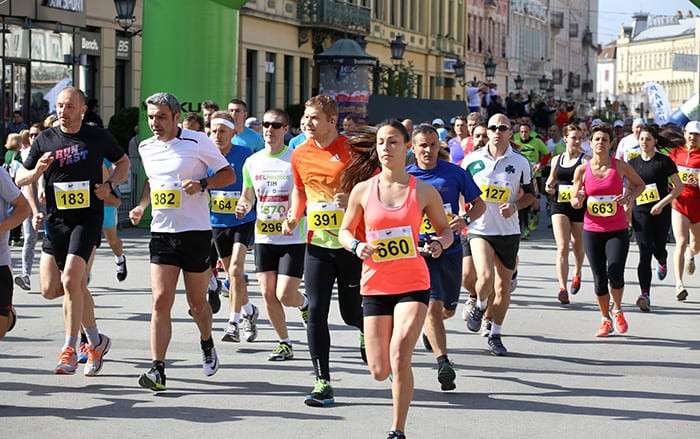As more people are starting to fall in love with running, marathons are becoming more prevalent throughout the country. However, these events are not limited to Thailand. Many countries around the world are organizing marathons which cater to the needs of this rapidly growing sport.
There are a variety of events and platforms by which one can apply. In larger races, referred to as the Majors, applicants must have run under a specified time related to their age group before they can apply. This time is defined by the (Association of International Marathons and Distance Races (AIMS). An example of such a race is the Boston Marathon. This is a race revered by runners around the world, and on the bucket list of many more.
The Tokyo and Osaka marathons, open to all athletes, rate extremely high on the list of races for Thai runners. However, the number of applicants regularly exceeds the number of slots available. Hence, these races operate a lottery system to aid selection of runners each year. This method actually leads to much excitement around the time of the draw.
Once you have successfully applied to enter a marathon, preparing adequately becomes the next most important aspect. In addition to the intensive training required to prepare the body for a marathon, runners must also pay attention to numerous other aspects.

